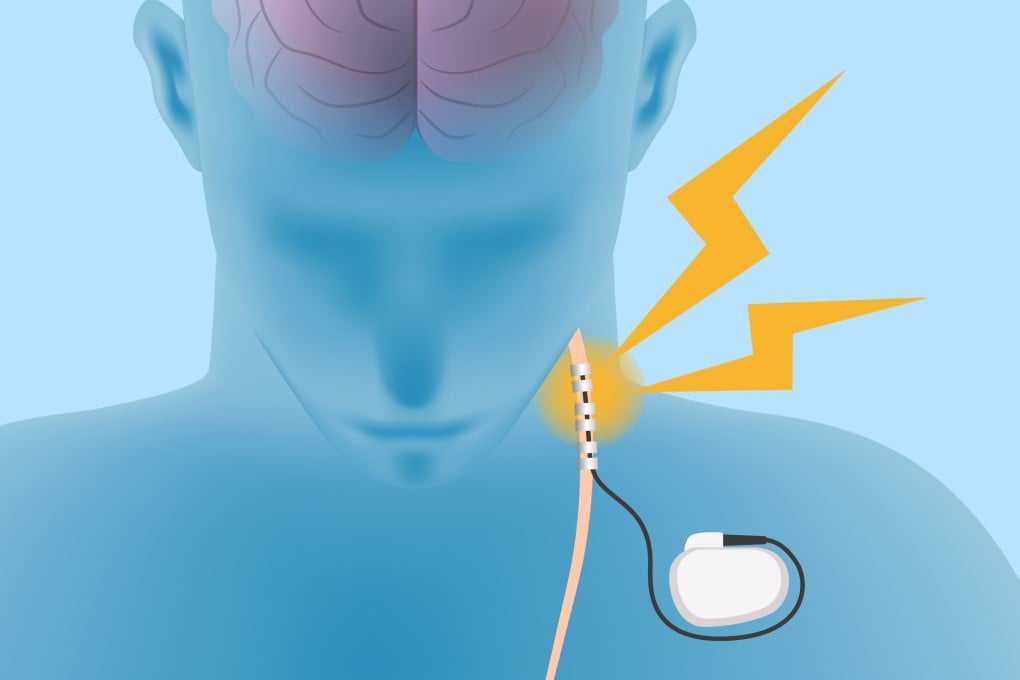Explainer | How the vagus nerve – body’s multilane messenger from our brains to our organs – is used to manage conditions from epilepsy to migraine
- The vagus nerve is a complex system helping to orchestrate and regulate many of our bodies’ vital functions, from heart rate to digestion and blood pressure
- Interest in improving its function, or ‘vagal tone’, has exploded; the hashtag #vagusnerve has attracted more than 153 million views on TikTok

The vagus nerve – which runs down the body from our brains to our large intestine – is the 10th, and longest, of 12 paired cranial nerves that send electrical signals between our brain, face, neck and torso.
The vagus – from the Latin for wandering – nerve threads a complicated route through bodily systems that affect digestion, heart rate, blood pressure, mood, mucus and saliva production, skin sensations, speech and taste, to name a few. Its presence is felt almost everywhere.
Professor Kevin Tracey, a neurosurgeon, and president and chief executive of the Feinstein Institutes for Medical Research in New York state, is at the forefront of the science surrounding the vagus nerve.
“People tend to think and talk about the vagus nerve like a single, solid copper wire, but it’s more like 160,000 wires, each of which can control a very specific function,” he says.

The power of this specificity can be difficult to comprehend, but a simple example is that most people can walk and chew gum at the same time, without thinking about either, says Tracey.
“Similarly, the vagus nerve is doing complex parallel processing, controlling all the organs we never think about.”